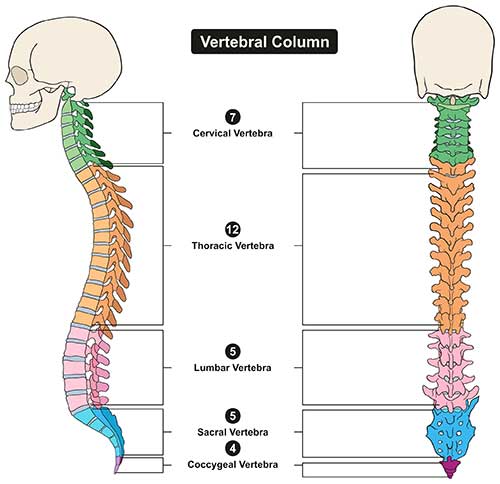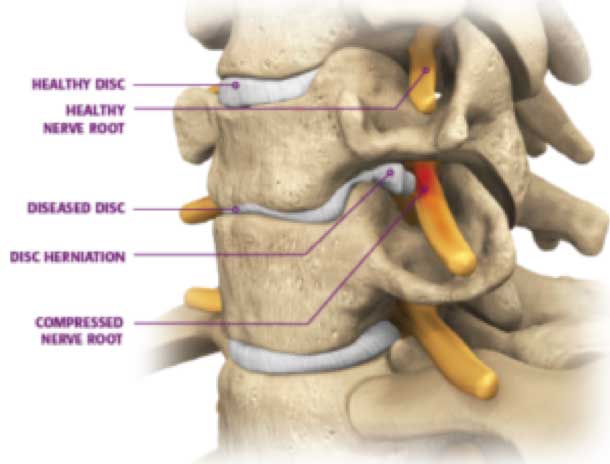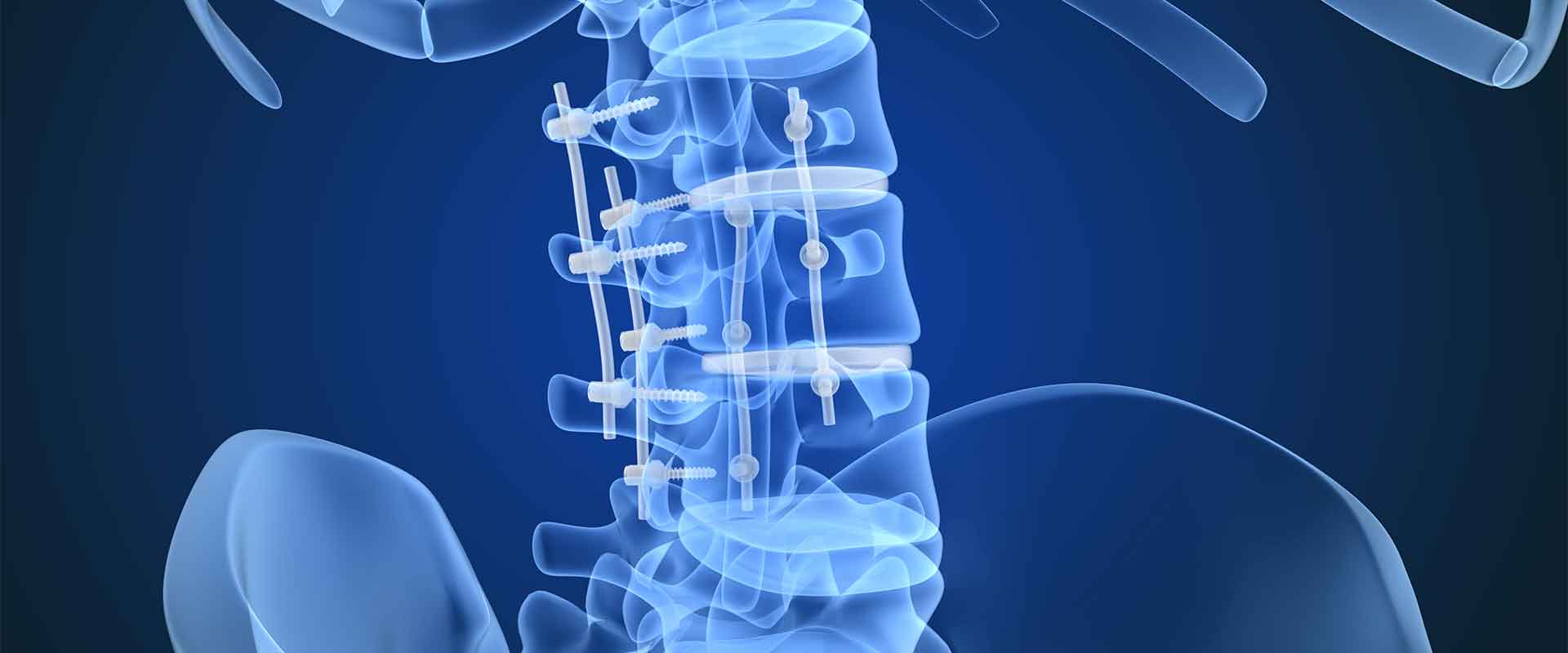
PEEK and modified PEEK compounds are the materials of choice for Spinal Devices
As one of the most complicated structures in the human body, the spinal column must be handled carefully, and with an eye for the future. Surgical intervention to correct conditions like degenerative disc disease (DDD), lumbar spinal stenosis, degenerative scoliosis or degenerative spondylolisthesis is a challenge, and the risks can escalate with time and when additional surgery is required. As such, medical professionals must prioritize treatments and the potential use of implants that will remain viable for years after implantation.
PEEK and titanium are considered the two primary materials used to manufacture spinal devices. Two recent advancements have seen PEEK devices offered with titanium coatings as well as enhanced with various additives for improved bone on-growth. Medical professionals, naturally, have varied opinions as to which modified version is more effective long term. However, future developments with PEEK-based devices are highly promising, as engineering developments relating to PEEK are accelerating.PEEK is characterized by its inertness in the body, as it is both biostable and biocompatible with the body’s tissues. Its modulus (or stiffness) is much like bone and less stiff than titanium, so PEEK implants are ideal for facilitating load sharing. And with improved load sharing comes reduced stress shielding.

Further, PEEK does not produce artifacts during medical imaging, so it provides complete radiolucency during CT, MRI and X-ray scans. Therefore, PEEK implants are a compelling option in patients that require frequent imaging for treatment purposes.PEEK is highly valued for its ability to be modified – a trait that makes it effective in many industries. In spinal implant applications, PEEK can be modified with the use of Carbon Fiber, enhancing its stiffness and making it viable for additional spinal implant applications and designs. PEEK can also be modified with additives, creating radiopaque devices when applications require this trait.
What makes PEEK spinal implants an ideal option?
Some consider the fibrous capsule formed around bio-inert implantable materials like PEEK as less than ideal. This has been the primary reason that some medical professionals still prefer titanium in implant design. However, even this issue is evolving, as bioengineers expand PEEK’s range by creating PEEK spinal devices with increased bone on-growth via porosity and additive enhancements, either to the entire device or to the surface of the device. These techniques and modifications encourage cellular attraction to the device that leads to improved bone on-growth, rather than the formation of the fibrous capsule between the device and bone. This was the same principle used to improve bonding between titanium implants and bone, and there’s no reason to believe that it’s unique to titanium. Chemically enhanced PEEK compounds and porous PEEK structures represent a positive leap forward for patients and medical professionals alike. Right now, though, PEEK and enhanced PEEK compounds are still the preferred option for spinal fusion cages and spacers.
What are some medical conditions PEEK spinal implants can treat?
With age and injury come back pain, and in many cases, that back pain is a sign of spinal degeneration. The prevalence of back pain is well noted at this point, and our best surveys suggest that approximately 80 percent of adults will eventually suffer from lower back pain, with 25 percent experiencing it regularly. Back pain is associated with many medical conditions, but DDD is perhaps the most common.

In people with DDD, the intervertebral discs begin breaking down, usually due to the natural rigors of age. Minor injury and trauma to the discs add up over time, eventually weakening the annulus fibrosus, or the rigid outer ring of the disc. This results in the loss of fluid inside the disc, causing it to bulge in places and collapse in others. While DDD isn’t always symptomatic, for some it can be debilitating, as excessive pressure is applied to nerve roots. In addition, pain, numbness, weakness and tingling may also be present, and where these symptoms present depends on what part of the spine is affected. If disc degeneration is severe, though, it may result in degenerative scoliosis, which is when the spine curves to compensate for the loss of disc or joint tissue. This is not natural and can produce severe back or leg pain in patients.
In addition to DDD, PEEK implants can help people suffering from spinal stenosis, a condition characterized by an abnormal narrowing of the spinal canal. Unlike DDD, which is the natural result of aging, spinal stenosis is due to medical issues, such as arthritis, tumors, trauma or various genetic conditions. With time, spinal stenosis can produce pain, weakness, numbness, loss of bowel or bladder control, and sexual dysfunction.PEEK spinal implants can help people with DDD and many other spinal maladies in which vertebral misalignment or intervertebral damage or degeneration is present. Though PEEK implants are primarily used in spinal fusion procedures, the future promises PEEK implants that will preserve motion and provide dynamic stabilization even better than current models.With their superior load sharing capabilities, biological inertness, bone-like modulus and imaging invisibility, PEEK spinal implants are a front-line choice for medical professionals.







